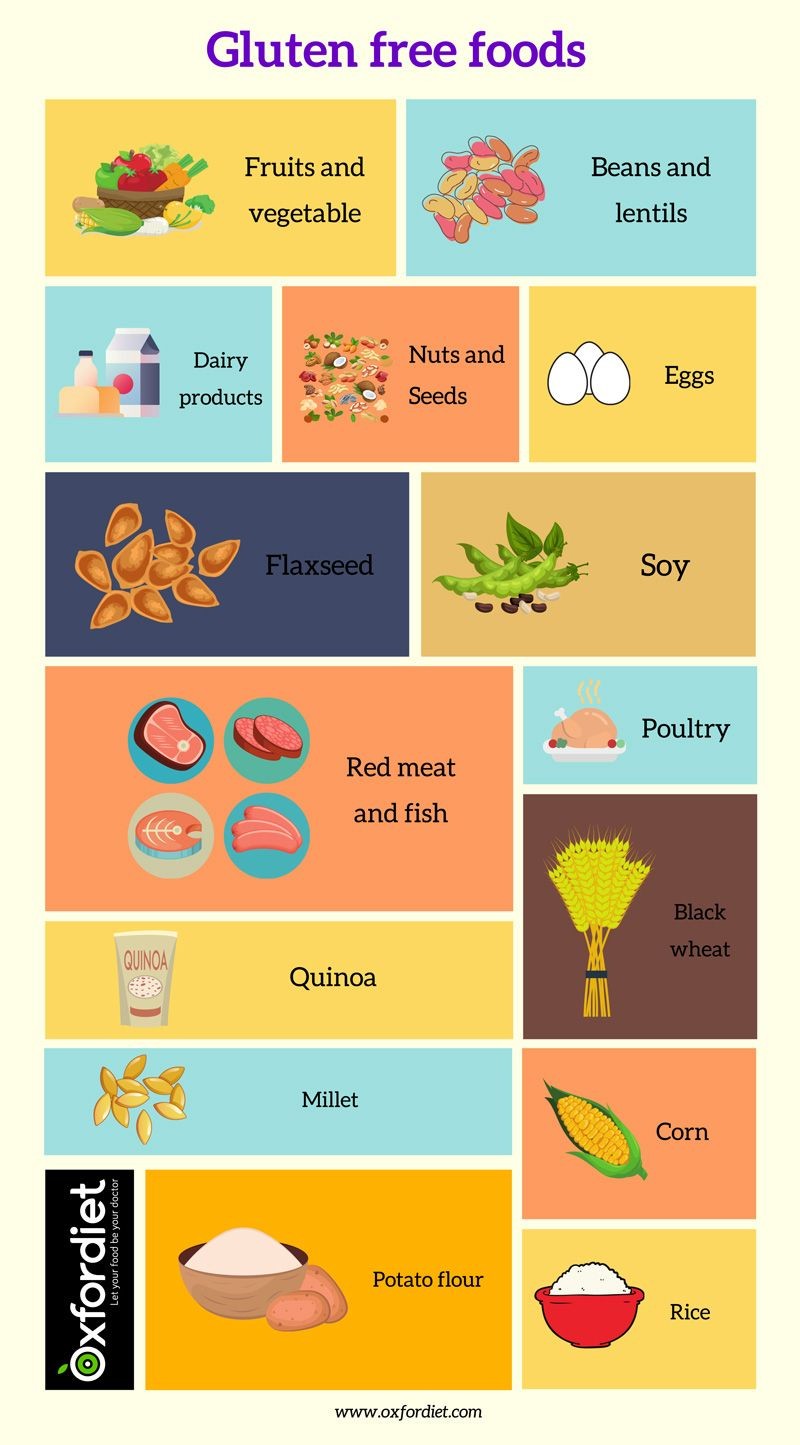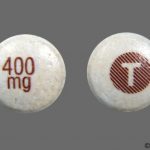
Contents
- 1 Celiac Disease Quiz: What Is Celiac Disease?
- 1.1 Celiac disease is caused by an autoimmune reaction to ______________.
- 1.2 With celiac disease, malabsorption means.
- 1.3 There are other diseases associated with celiac disease.
- 1.4 Gluten found in ______________ may also produce an autoimmune reaction in patients with celiac disease.
- 1.5 People with celiac disease should completely avoid.
- 1.6 What is true about celiac disease?
- 1.7 Severe emotional stress can trigger celiac disease.
- 1.8 Abdominal distention is a key symptom of celiac disease. Abdominal distention means.
- 1.9 There is no cure for celiac disease.
- 1.10 Certain conditions cause a person to fail to respond to a gluten-free diet.
- 1.11 Celiac disease causes intestinal villi to be damaged or destroyed.
Celiac Disease Quiz: What Is Celiac Disease?
Celiac disease is caused by an autoimmune reaction to ______________.
Celiac disease is a disease of the small intestine in which damage to the lining leads to malabsorption of minerals and nutrients. The destruction of the inner lining is caused by an immunological reaction to gluten, proteins found in wheat, barley, rye, and oats.
Milk Gluten Soy Grains
With celiac disease, malabsorption means.
Medically speaking, malabsorption refers to poor intestinal absorption of nutrients from the intestinal tract into the blood stream. Malabsorption can occur from diseases that injure the bowels, such as Crohn’s disease, Whipple’s disease, and celiac disease, as well as other diseases and conditions such as HIV, diseases of the pancreas, surgical removal of large portions of the small bowel, and the presence of intestinal worms.
Poor absorption of food nutrients Absence of absorption of food nutrients Slow absorption of food nutrients Fast absorption of food nutrients
There are other diseases associated with celiac disease.
About 10% of individuals with celiac disease also have dermatitis herpetiformis, a disease of the skin characterized by an itchy rash on the extremities, buttocks, neck, trunk, and scalp. Other diseases associated with celiac disease include recurrent painful mouth ulcers, insulin-dependent diabetes, juvenile-onset or type 1 diabetes, autoimmune thyroid disease, rheumatoid arthritis, and systemic lupus erythematosus.
True False
Gluten found in ______________ may also produce an autoimmune reaction in patients with celiac disease.
Gluten is found mainly in foods but may also be found in everyday products such as prescription and nonprescription medicines, vitamins, some kinds of lipstick, and lip balms.
Other products that may contain hidden gluten are malt (which contains barley), hydrolyzed vegetable protein (which contains wheat), and communion wafers.
Hair products Soap Fragrances Medicines
People with celiac disease should completely avoid.
Beer contains wheat! Unfortunately, most beers are made with barley malt. While there are gluten-free beers, it’s best to check with your doctor or dietitian about whether these are safe for you.
Pasta has got to go as well. No matter what its shape or name, most pasta is made out of wheat. You’ll need to avoid spaghetti, macaroni, shells, and spirals when on a gluten-free diet.
No more crackers, either. If you look at the ingredients label, you’ll see that wheat is likely the main ingredient.
Beer Pasta Crackers All of the above
What is true about celiac disease?
There is evidence that celiac disease is genetic, meaning it runs in families. Once thought of as a rare childhood illness, celiac disease is now known to be a common genetic disorder.
Approximately 10% of the first-degree relatives of individuals with celiac disease also will have celiac disease. In addition, in approximately 30% of fraternal twins and 70% of identical twins, both twins will have celiac disease. Finally, certain genes have been found to be more common in individuals with celiac disease than in those without celiac disease.
It mainly affects tall people It is genetic It is contagious All of the above
Severe emotional stress can trigger celiac disease.
In some cases, celiac disease seems to be triggered by, or becomes active for the first time, after surgery, pregnancy, childbirth, viral infection, or severe emotional stress. It is unclear how these stresses may be linked to celiac disease. The association may be coincidence.
True False
Abdominal distention is a key symptom of celiac disease. Abdominal distention means.
Abdominal distention is a key symptom of celiac disease primarily in infants. Other symptoms include:
In infants: diarrhea, steatorrhea (fatty stools), abdominal cramps, irritability, muscle wasting, and failure to thrive and grow.
In children: diarrhea, fatty stools, flatulence, short stature, and weight loss.
In adults: diarrhea, fatty stools, weight loss, flatulence, iron deficiency anemia, bloating, abnormal bleeding, and bone fractures.
The abdomen is sunken. The abdomen is swollen. The abdomen is flat. The abdomen is fatty.
There is no cure for celiac disease.
There is no cure for celiac disease. The treatment is a gluten-free diet. Patients with celiac disease vary in their tolerance to gluten. Some patients can ingest small amounts of gluten without developing symptoms, while others experience massive diarrhea with only minute amounts of gluten. The standard treatment calls for complete avoidance of gluten for life.
In addition to avoiding foods that obviously contain gluten such as wheat, barley, rye, and oats, people with celiac disease must also become aware of gluten commonly hidden in many processed foods such as canned soup, salad dressing, ice cream, candy bars, instant coffee, luncheon meat, ketchup, mustard, yogurt, and sausages.
Without treatment through a gluten-free diet, people with celiac disease can develop complications such as osteoporosis, anemia, and possibly cancer.
True False
Certain conditions cause a person to fail to respond to a gluten-free diet.
Failure to respond to a gluten-free diet may occur for several reasons:
– Not following a strict gluten-free diet by still eating small amounts of gluten
– Unknowingly ingesting gluten (hidden gluten)
– A co-existing condition such as irritable bowel syndrome, bacterial overgrowth of the small bowel, microscopic colitis, or pancreatic insufficiency
– Refractory disease or complications of celiac disease
Note: Refractory celiac disease is a rare condition in which the symptoms of what appears to be celiac disease do not improve despite many months of a strict gluten-free diet.
True False
Celiac disease causes intestinal villi to be damaged or destroyed.
Celiac disease is both a disease of malabsorption and an abnormal immune reaction to gluten.
Villi, microscopic fingers of tissue, line the small intestine and increase the surface area available to absorb nutrients. When people with celiac disease consume gluten, the immune system responds by damaging or destroying villi. Since the purpose of villi is to allow nutrients from food to be absorbed through the walls of the small intestine into the bloodstream, without healthy villi, a person becomes malnourished no matter how much food one eats.
Note: The term villi is the plural of villus, a tiny finger-like or hair-like vascular projection. More specifically villus is the Latin word for shaggy hair or fleece.
True False
Images provided by:
1.1 iStockphoto
1.2 iStockphoto
1.3 iStockphoto
1.4 iStockphoto
2. iStockphoto
3. iStockphoto
4. iStockphoto
5. iStockphoto
6. iStockphoto
7. iStockphoto
8. iStockphoto
9. iStockphoto
10. Bigstockphoto
11. iStockphoto
12. iStockphoto
13. iStockphoto
National Digestive Diseases Information Clearinghouse (NDDIC). Celiac Disease.
National Institutes of Health (NIH) Celiac Disease Awareness Campaign.
This tool does not provide medical advice. See additional information:
THIS TOOL DOES NOT PROVIDE MEDICAL ADVICE. It is intended for general informational purposes only and does not address individual circumstances. It is not a substitute for professional medical advice, diagnosis or treatment and should not be relied on to make decisions about your health. Never ignore professional medical advice in seeking treatment because of something you have read on the MedicineNet Site. If you think you may have a medical emergency, immediately call your doctor or dial 911.
© 1996-2024 MedicineNet, Inc. All rights reserved.
© 1996-2024 MedicineNet, Inc. All rights reserved.


